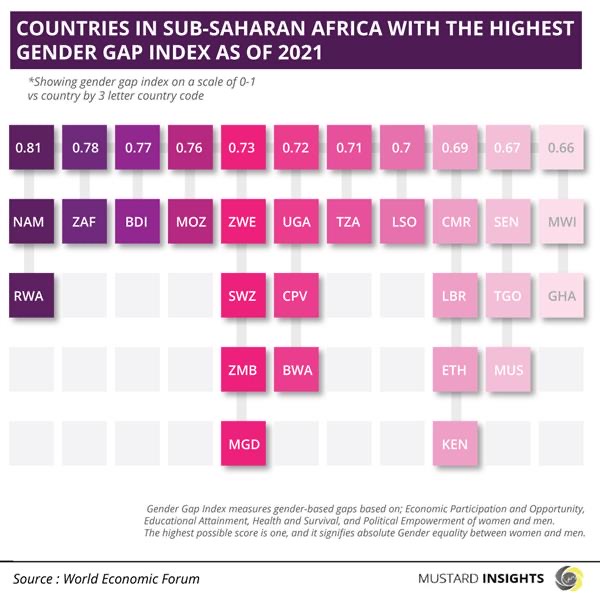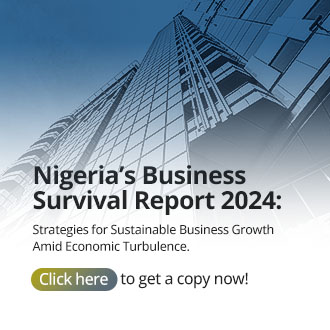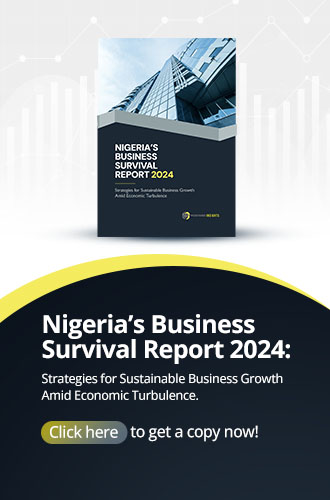This year, International Women’s Day was celebrated all across the world on the 8th of March with the theme, “Break The Bias,” and the Gender Gap Index (GGI) succinctly measures how far we have come with gender equality in different countries.

This year, International Women’s Day was celebrated all across the world on the 8th of March with the theme, “Break The Bias,” and the Gender Gap Index (GGI) succinctly measures how far we have come with gender equality in different countries. It measures gender equality based on the relative gaps between women and men across 4 key areas: health & survival, education, economic participation & opportunity and political empowerment.
The GGI is measured on a scale of 0 to 1. The closer a country’s Gender Gap Index is to 1, the closer that country is to gender equality. This means that a country with its GGI as 0.9 is closer to gender equality than a country whose GGI is 0.5. In Sub-Saharan Africa, this is a particularly important conversation to have, especially due to the pre-existing dominant patriarchal culture. It is important to know how Sub-Saharan African countries have shifted from the patriarchal narrative to a more gender equal one.
A GGI score of 1 indicates that the country in consideration has absolute gender equality. In 2021, Namibia and Rwanda were the countries with the highest gender gap index, both scoring 0.81 on the GGI scale. Closely followed by both countries is South Africa with a Gender Gap Index Score of 0.78. These top three countries are closer to absolute gender equality than other Sub-Saharan countries, thus implying that in the four key areas: health & survival, education, economic participation & opportunity and political empowerment, the gaps between women and men isn’t as wide as it is in other countries.
Burundi comes next on the GGI scale with 0.77, followed by Mozambique at 0.76. Zimbabwe, Swaziland, Zambia and Madagascar all have 0.73 on the GGI scale. These four countries are just as close to gender equality. Uganda, Cape Verde and Botswana are not left out on the scale as the three countries score 0.72. Tanzania is at 0.71, while Lesotho is at 0.7. Cameroon, Libera, Ethiopia and Kenya also appear to be striving towards Gender equality with their GGI score at 0.69. Senegal, Togo and Mauritius come close with 0.67 and finally, Malawi and Ghana with a 0.66.
One thing these results show is that as African countries make extra attempts to bridge the gap and break the bias, the fight for gender equality in Sub-Saharan Africa is gaining momentum. By consciously making the effort to provide women with more opportunities and encouraging women to step up to their roles in our contemporary African society, we create a world with higher GGIs and a closer gender gap.
Thoughts?
We won't share your email address. All fields are required.
